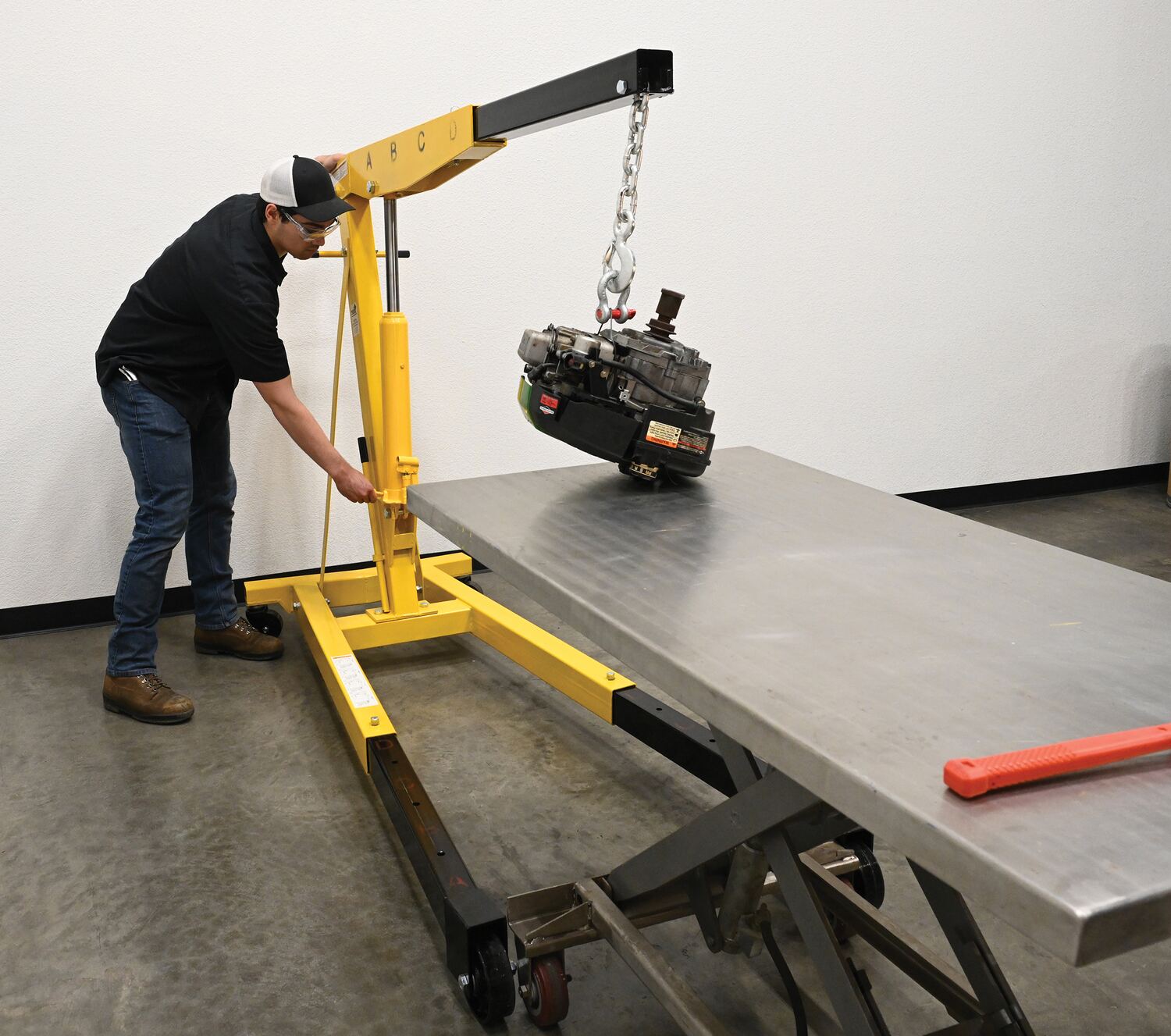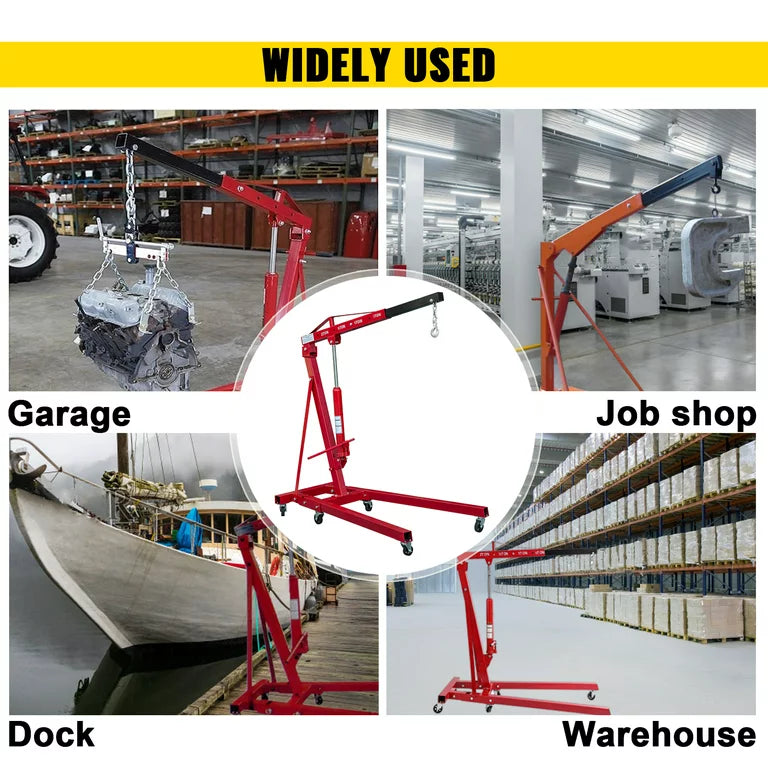Engine cranes, often referred to as hydraulic engine hoists, play a pivotal role in automotive repair and various industries. They enable the lifting and maneuvering of heavy vehicle engines with precision. To make these operations safe and effective, it's essential to grasp a crucial factor about this lifting tool: how much weight it can handle.
In this article, we will delve into the significance of weight capacity ratings, why they matter, and how to ensure you select the right crane for your needs.
Why Weight Capacity Ratings Matter
Weight capacity ratings for hydraulic engine hoists are not mere numbers; they are the backbone of safe lifting operations. Here's why they matter:

- Safety First: Exceeding a hoist's weight limit can lead to hazardous situations, including accidents, equipment damage, and personal injuries. Adhering to weight capacity ratings ensures the safety of all involved.
- Equipment Longevity: Overloading a hydraulic engine hoist can lead to premature wear and tear, shortening its lifespan. Proper weight capacity management helps protect your investment.
- Efficient Operations: Choosing a hoist with an appropriate weight capacity ensures smooth and efficient lifting operations without the risk of stalling or malfunction.
Types of Weight Capacity Ratings
Hydraulic engine hoists come with various weight capacity ratings, each serving a specific purpose:
- Maximum Lift Capacity: This rating indicates the maximum weight the hoist can safely lift vertically. It's a critical factor when selecting a hoist for a specific task.
- Boom Extension Capacity: For hoists equipped with extendable booms, this rating indicates the maximum load the hoist can safely handle when fully extending the boom.
- Load Leveler Capacity: Load levelers or lifting attachments may have their own capacity ratings, and it's essential to consider these when using such accessories.
Calculating the Right Weight Capacity
To determine the right weight capacity for your lifting task with a hydraulic engine hoist, follow these steps:
- Know the Load Weight: Determine the weight of the engine or object you intend to lift. This is your primary load.
- Account for Accessories: Include the weight of any additional accessories or components you'll be lifting simultaneously, such as transmission units.
- Add a Safety Margin: It's advisable to choose a hoist with a capacity slightly higher than your calculated load to provide a safety margin.
Ensuring Safety and Compliance
Safety should always be your top priority when working with hydraulic engine hoists. Here are some safety considerations:
- Follow Industry Standards: Familiarize yourself with industry standards and regulations related to hoist usage, including weight capacity compliance.
- Regular Inspection: Regularly inspect your hydraulic engine hoist for signs of wear, damage, or hydraulic fluid leaks. Address any issues promptly.
- Proper Training: Make sure operators using the hoist receive sufficient training and are aware of weight capacity limitations.
In summary, choosing the correct hydraulic engine hoist hinges on aligning your lifting needs with the hoist's weight capacity ratings. Comprehending these ratings is vital for safe and efficient lifting. Prioritizing safety, sticking to weight limits, and selecting the appropriate hoist is crucial for successful lifting operations and equipment longevity.
Ready to explore hydraulic engine hoists with various weight capacity ratings? Check out our range of high-quality hoists and accessories designed to meet diverse lifting needs, including heavy-duty options for the most challenging tasks.

